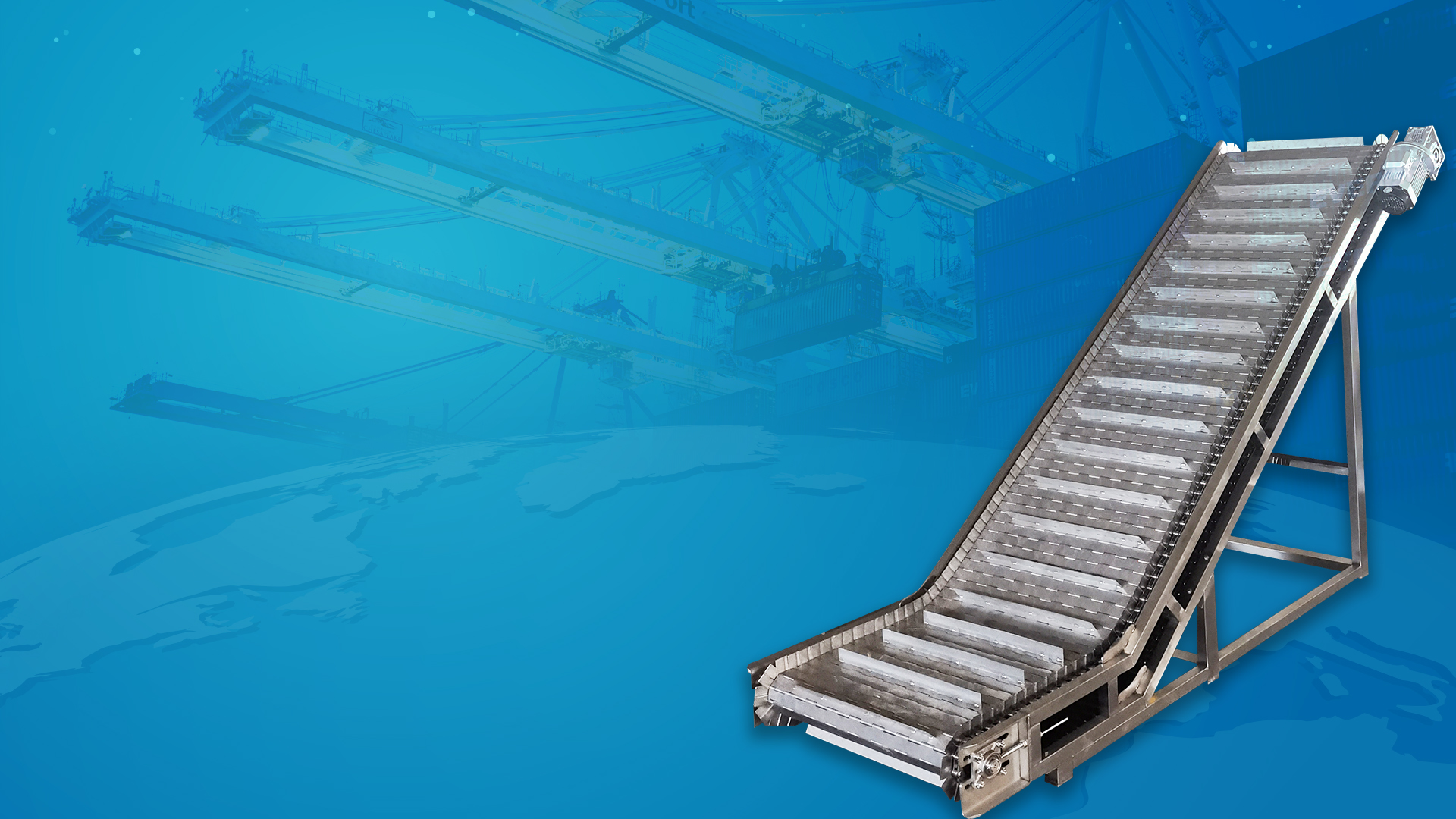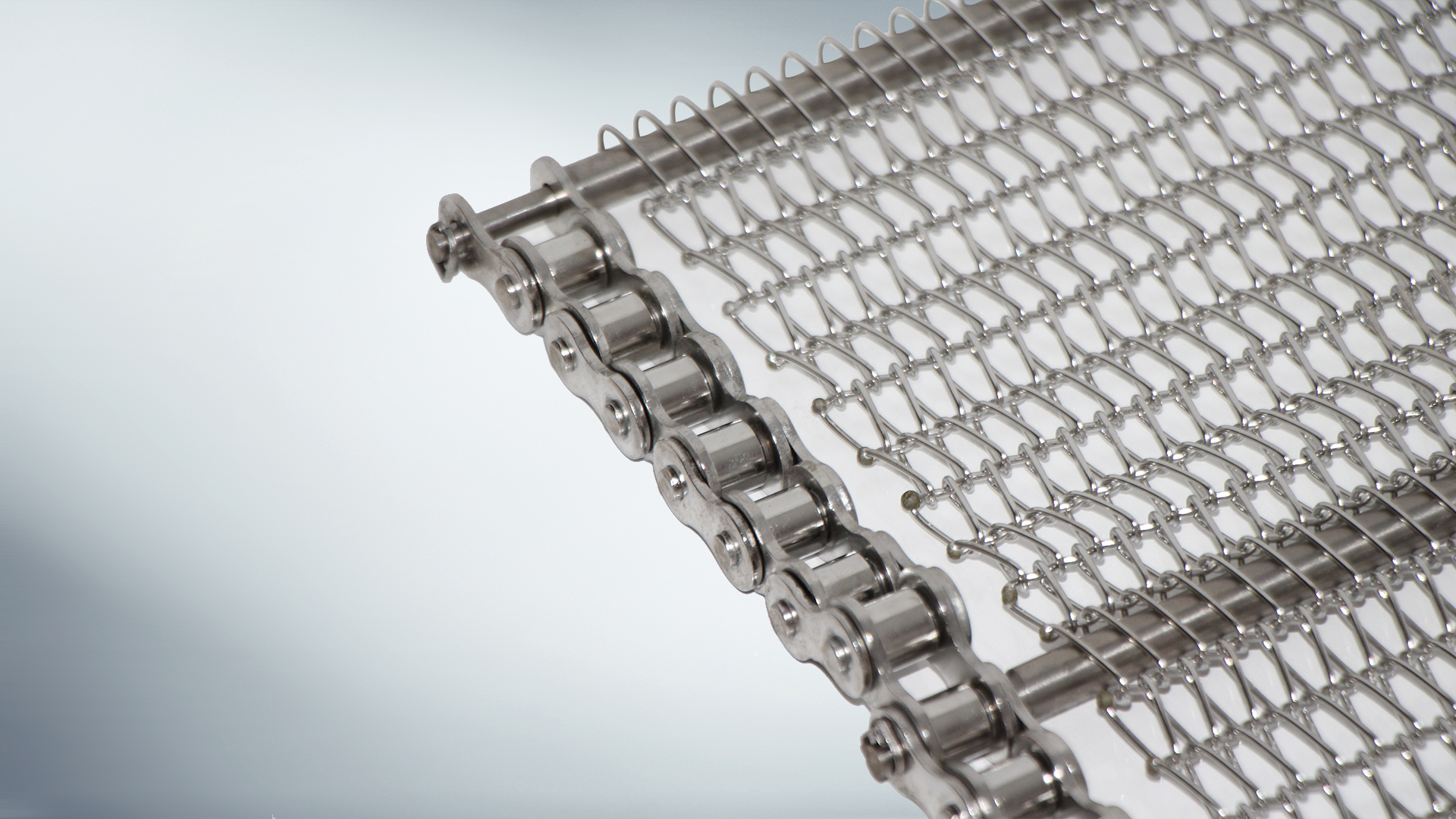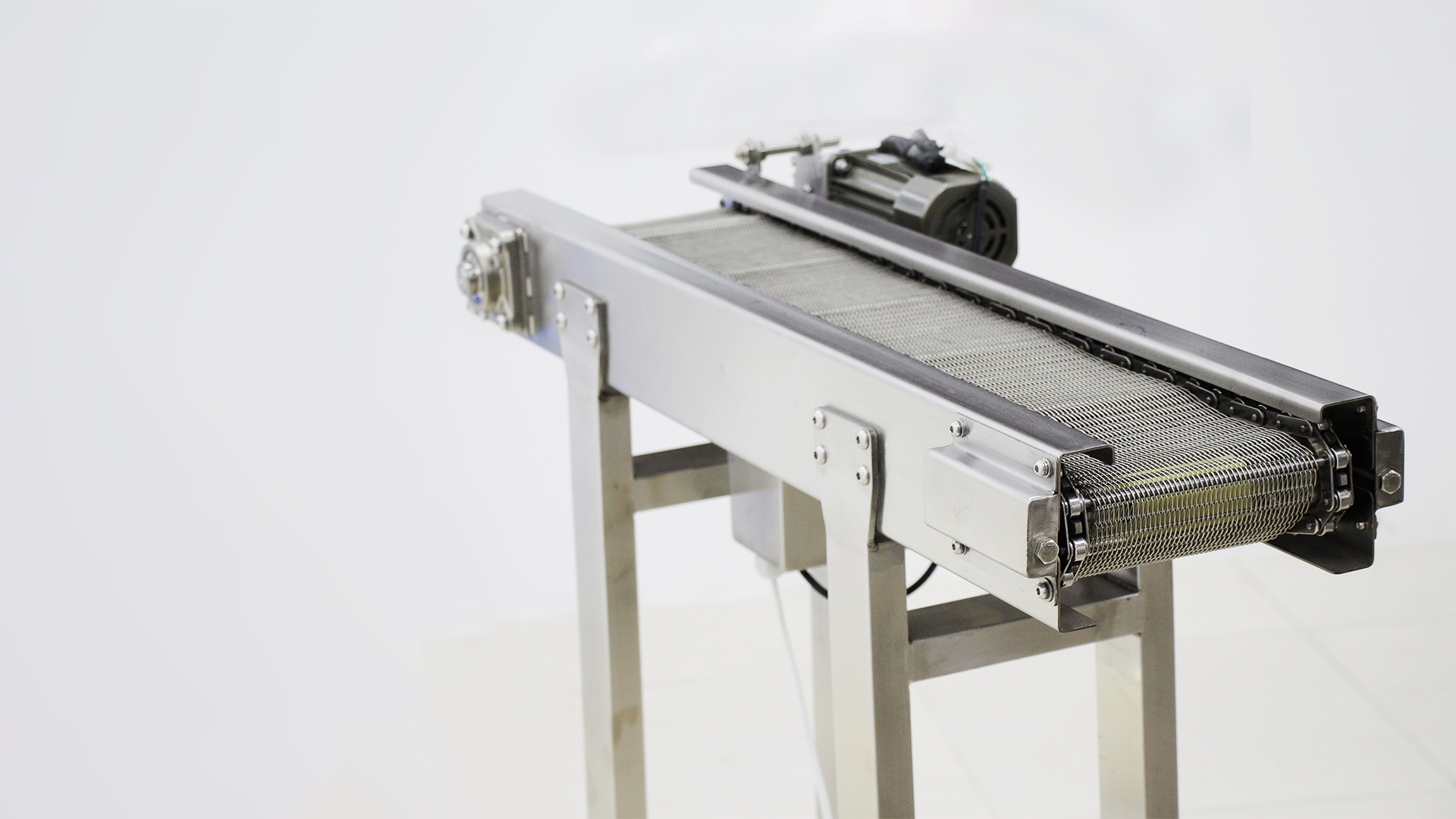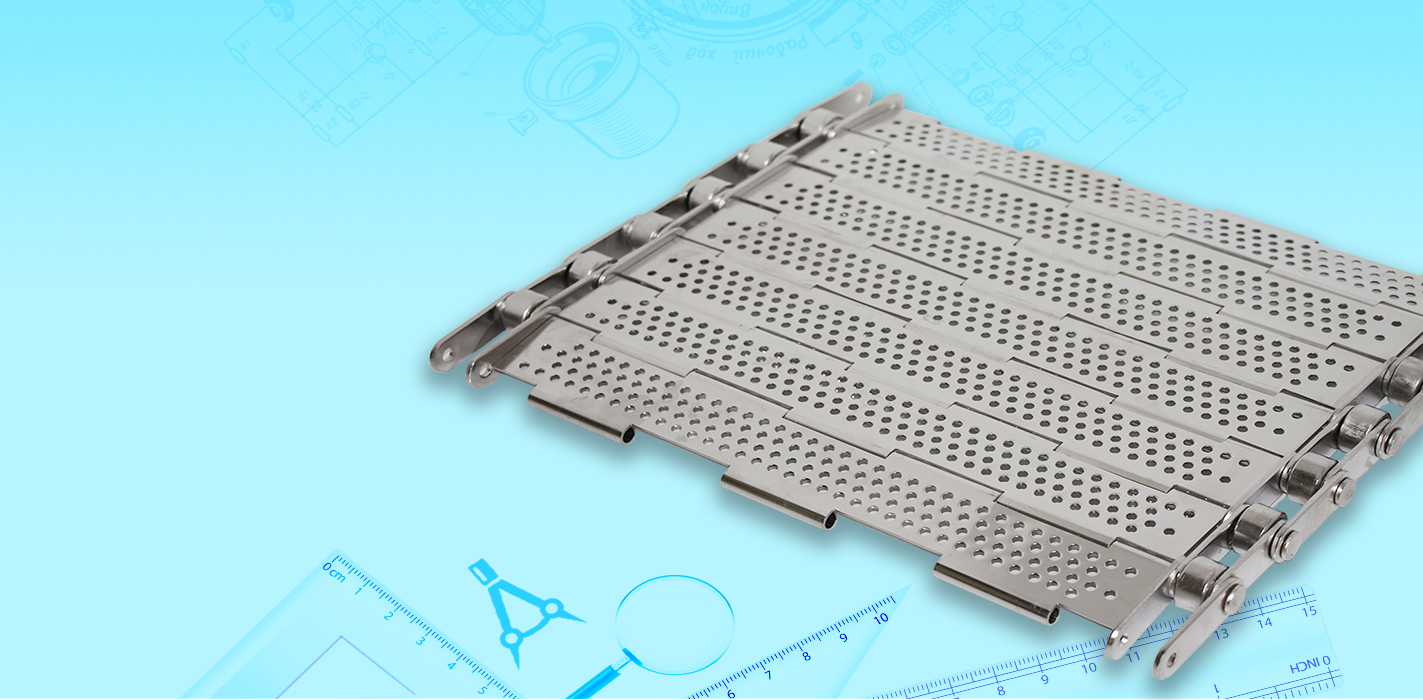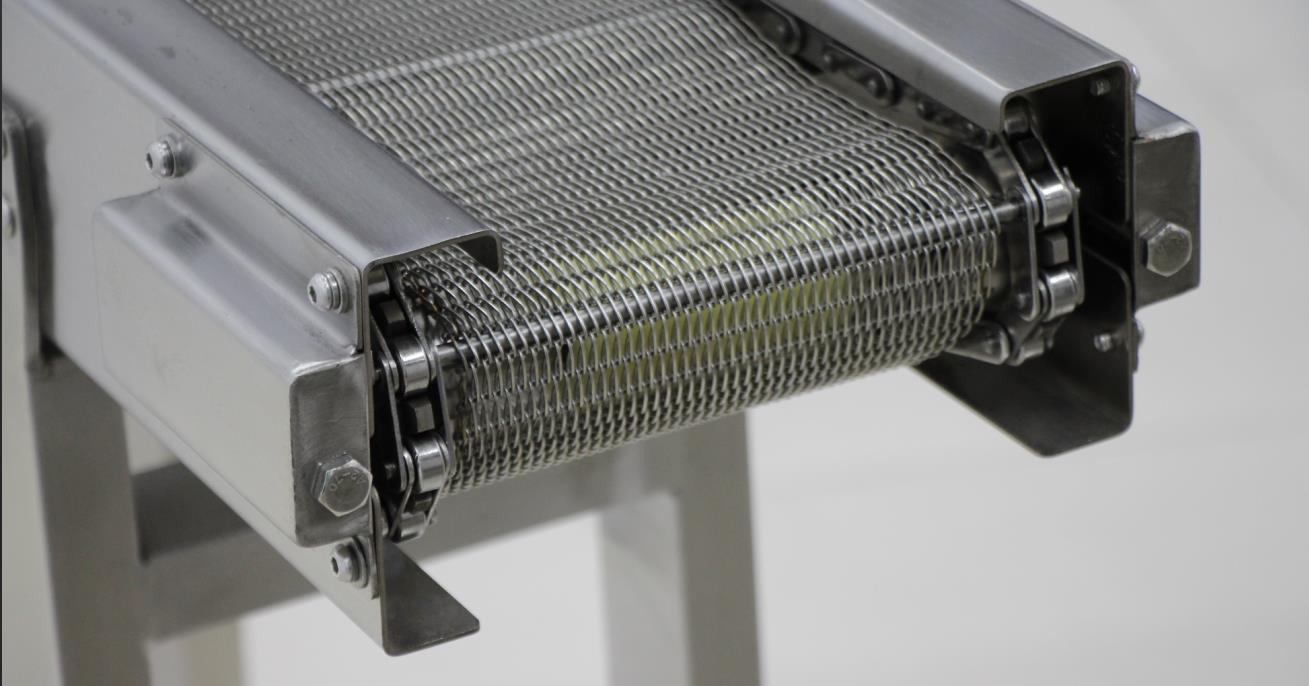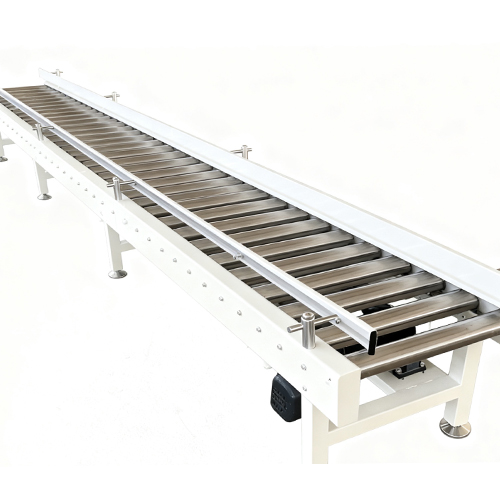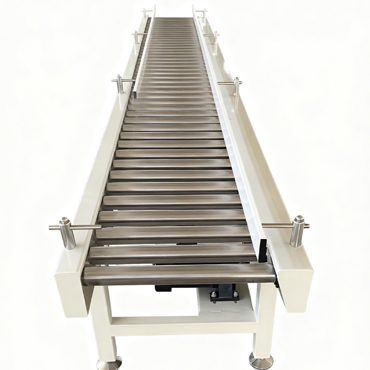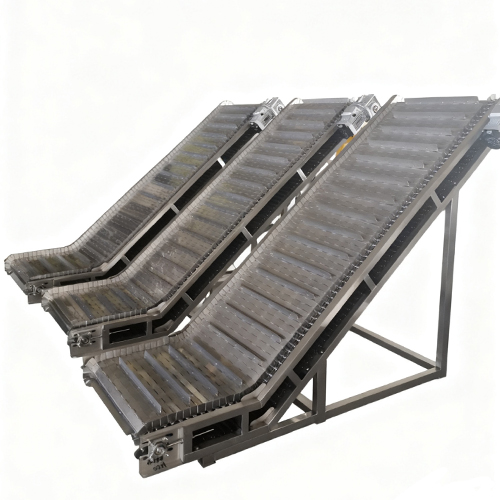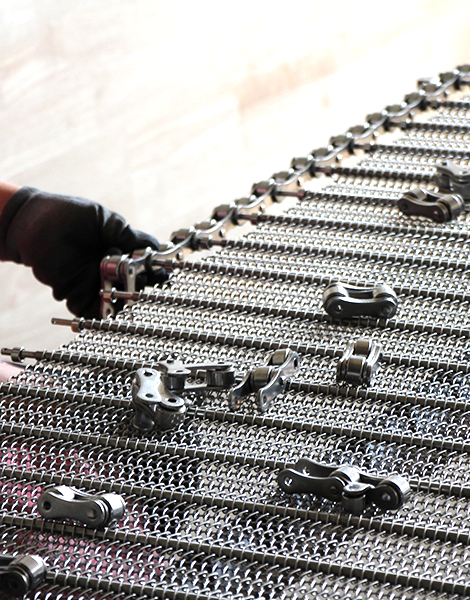I. Working Principle of Stacker Cranes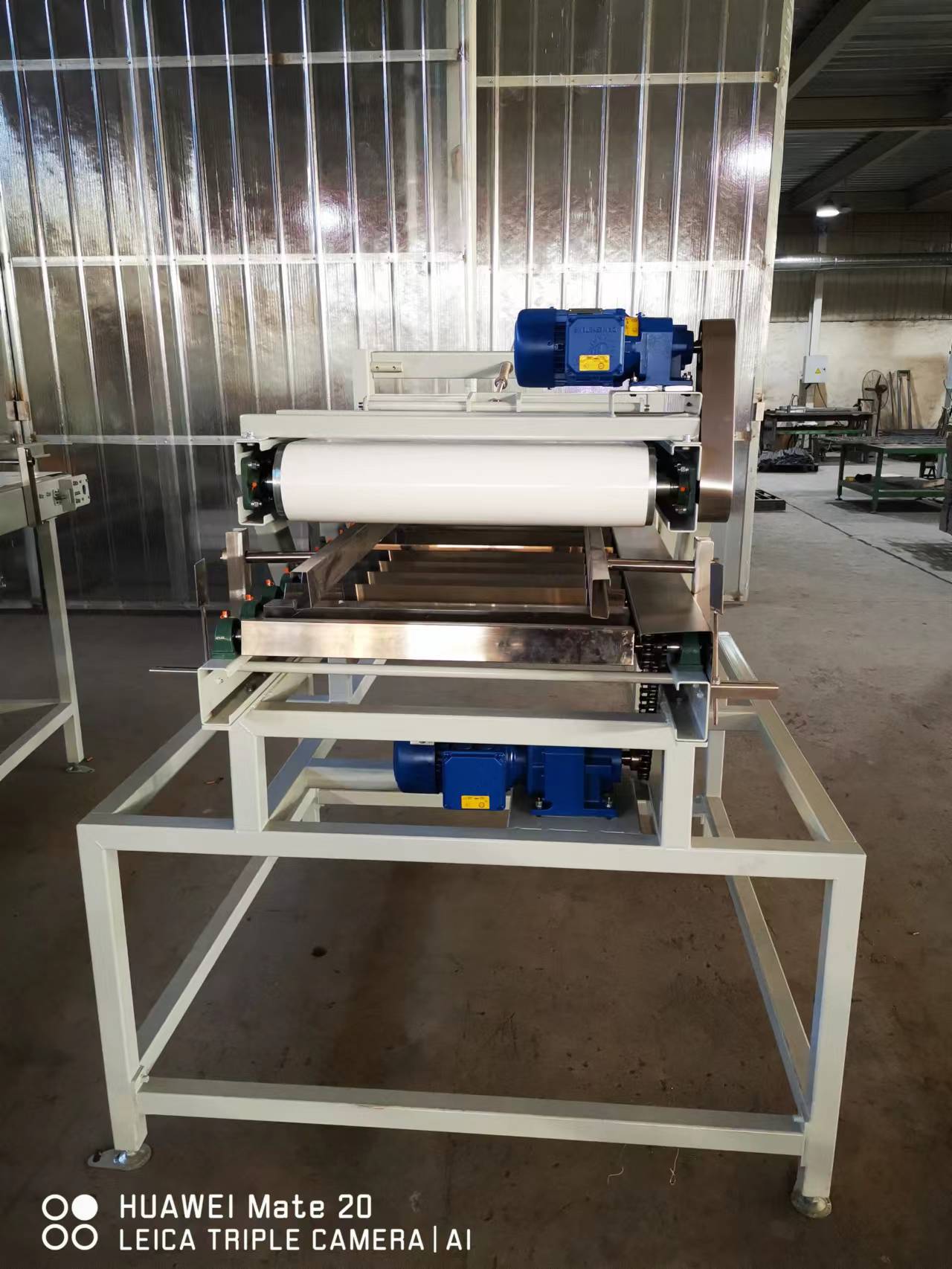
Stacker cranes are automated storage devices primarily used for the vertical storage and retrieval of various items. Similar to manual handling, they use hydraulic or mechanical mechanisms to lift goods from the ground or platforms and place them in designated positions. Stacker cranes significantly enhance storage efficiency and accuracy, while reducing labor costs and management complexity.
II. Working Principle of Palletizers
Palletizers are automated packaging devices designed to stack goods onto pallets according to specific rules. Compared to manual palletizing, palletizers offer advantages such as high efficiency and controllable processes. During the process, the machine automatically adjusts the tension and performs the stacking operations based on parameters such as the dimensions, weight, and shape of the items. Palletizers enhance stacking efficiency while reducing the need for human resources.
III. Application Scenarios
Stacker cranes and palletizers serve distinct purposes. Stacker cranes primarily handle the storage and retrieval of various goods and are suitable for warehouses, logistics centers, and production lines. Palletizers, on the other hand, are mainly used in packaging operations and are commonly found in the pharmaceutical, food, beverage, and daily chemical industries. Though their functionalities and application scenarios differ, both effectively enhance production efficiency and management standards.
IV. Key Differences
In summary, stackers and palletizers differ in operating principles and application scenarios. Stackers primarily handle the automated storage and retrieval of goods, while palletizers focus on the automated packaging of items. Though their functions and applications vary significantly, both are indispensable in the logistics, warehousing, and manufacturing sectors.



